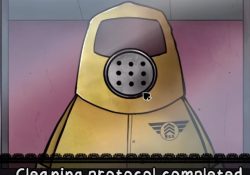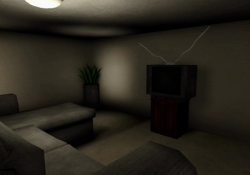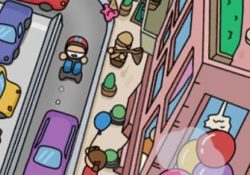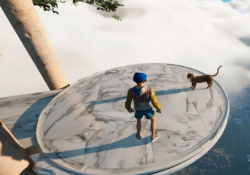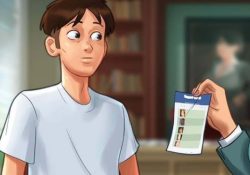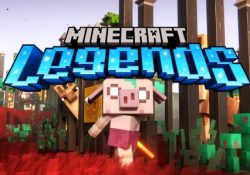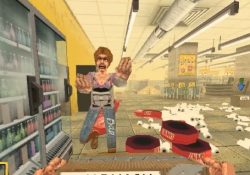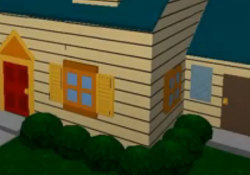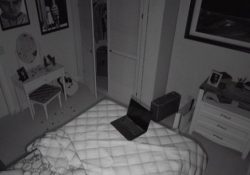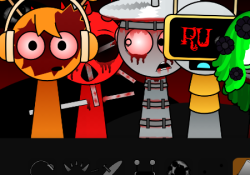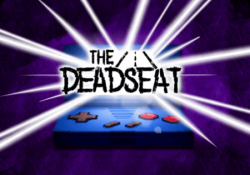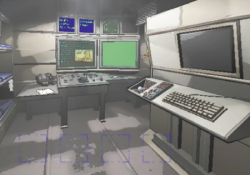Bad Parenting tells the story of a young boy named Ron living in an apartment where normal life hides deep tension. At first glance, the setting seems typical—a modest home, parents with their own struggles, and a child just trying to enjoy his birthday. But things are not as simple as they seem. The cracks in the family’s life slowly become more visible, and a bedtime story meant to entertain begins to feel more like a warning than a tale.
The Familiar Becomes Unsettling
Once the story ends and Ron is left alone in his room, strange things begin to happen. Objects in the apartment shift. A doll, lifeless earlier, suddenly starts speaking. And then comes Mr. Red Face—once a story character, now a real presence. Ron is pulled into something larger than himself as the line between the real and unreal fades. He must follow the doll, solve puzzles, and observe every detail around him to understand what’s going on and how to escape it.
Core Elements That Shape the Experience:
- Point-and-click style exploration across a small but detailed space
- Narrative-driven gameplay with no combat or complex controls
- A haunting doll character that comments and directs
- Subtle environmental clues that shift meaning as the story unfolds
- A short but focused story with emotional and disturbing themes
Truth Behind the Apartment Walls
What starts as a spooky tale reveals itself to be a quiet investigation into trauma. Each object Ron interacts with connects to a larger memory. The doll reflects fragments of his own experience, while the strange events build toward something more personal. As the layers are peeled away, the reality of Ron’s situation becomes clear. What he thought was a monster may be something much closer to home, and what he thought was his life may already be over.
A Short Story That Stays With You
Bad Parenting lasts less than an hour, but its atmosphere and message linger. Its visuals are simple, but the emotional depth comes from how it frames everyday moments with something more sinister. There’s no scoring system, no branching paths—just a single thread that tightens with every interaction. The ending doesn’t bring closure in the traditional sense, but instead leaves the player reflecting on what they witnessed.



